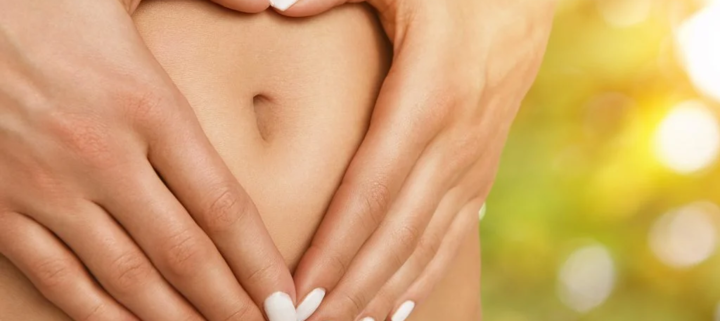The 17 Food Groups Of Gut Health
Are you familiar with the terms Probiotics and Prebiotics? Probiotics are sources of bacteria that are beneficial to the gut biome “Pre-biotics” are sources of fiber, or food, that the “Pro” biotics need to thrive.
My goal for this article is to introduce and simplify a couple of basic concepts you might find helpful on your own gut healing adventure. And as always, the question I seek to answer is, “How to I turn this into useful, implementable information that is not overwhelming?” I am going to break it down as simply and succinctly as I possibly can. To watch a much more complete presentation on this subject, click here and skip to minute 45.
First of all, there are a few concepts I want to introduce. Forgive what may be a gross over-simplification, but I think that in terms of making some dietary distinctions, this is helpful:
Concept #1. “Keystone” species. keystone species are species of bacteria that have an outsized role in shaping the greater ecosystem. Their presence creates a hospitable environment for other strains. Having healthy populations of keystone strains helps promote greater diversity and resiliency within the biome.
Concept #2. Gram-Negative and Gram-positive bacteria. Most bacteria are either gram-positive (G+), or gram-negative (G-). This simply relates the nature of the cell walls. The ratio of these 2 types of bacteria is highly correlated to health outcomes with a higher ratio of G+ to G- being beneficial. More G- creates more pro-inflammatory endotoxins. Plants are more conducive to G+, while meat, dairy, and processed foods are more conducive to G-. It’s not all or nothing; it’s about ratio.
Concept #3. Fiber feeds bacteria. Different kinds of fiber feeds different kinds of bacteria. A diverse biome requires diverse sources of fiber. Each of the 17 food groups listed below feed different distinct strains of beneficial Bactria.
The 17 different food groups of gut biome diversity
1. Cruciferous vegetables (broccoli/cauliflower/cabbage)
2. Allium (onion family)
3. Leafy greens
4. Peas (pea soup, mixed vegetables that contain peas, pea protein, raw peas, and of course cooked peas.)
5. Root & tubers (carrots, sweet potatoes, beets, etc.)
6. Apple family (includes pears)
7. Citrus
8. Mushrooms (eat some every day!)
9. Nuts (walnuts and pistachios are best)
10. Honey (yes, it actually helps feed your biome)
11. Tea
12. Coffee
13. Chocolate (Yup, really its own food group! Choose low sugar, of course.)
14. Extra virgin olive oil
15. Crickets (Yes, they actually made the list, but I do not expect you to try this, although “cricket flour” is becoming a ‘thing’. I won’t judge.)
16. Fish & shellfish. (Particularly good proteins for the biome)
17. Grass fed meats and A2 dairy. What is A2 casein?
Other points to consider:
• Taking probiotics without ‘feeding them’ is somewhat of a waste, since they won’t thrive without proper nutrition. It would be like bringing home a puppy, and then not feeding it!
• Changing your diet can dramatically impact your biome in a matter of days even without taking additional probiotics.
• Stress has a HUGE impact on your micro biome and healing your gut without dealing with causes of stress is difficult, if not impossible.
• 35 grams of fiber per day is a good minimum estimate of what is needed for good health. (50-100g might be a better estimate.)
In short, the key to all of the above is to do the best you can to eat a diverse diet of mostly plants. Include as many of the above food groups as you can over the course of a day, week, and month. Count up how much fiber you are eating. If you are like most people, you are probably woefully short of the needed, 35g/day mark. But diet is about progress, not perfection. Each day is a new opportunity for new choices, better nutrition, and better health.
Bon appetite!
Depending on your situation, “healing your gut” could mean a lot of things.
For years I have recommended a variety of protocols for different maladies: Chronic constipation requires a radically different approach than bloating and pain, which is different than for reflux or poor digestion, which is different than skin issues and joint pain (yes, often related to digestion), and so on.
But no matter where you start, part of maintaining/restoring a healthy digestive system includes populating the large intestines with a diverse and robust population of bacteria, which is what this article is all about.
Need more help getting to the bottom of your gut issues? Book a Health Strategy Session with Linda.




Leave a Reply
Want to join the discussion?Feel free to contribute!